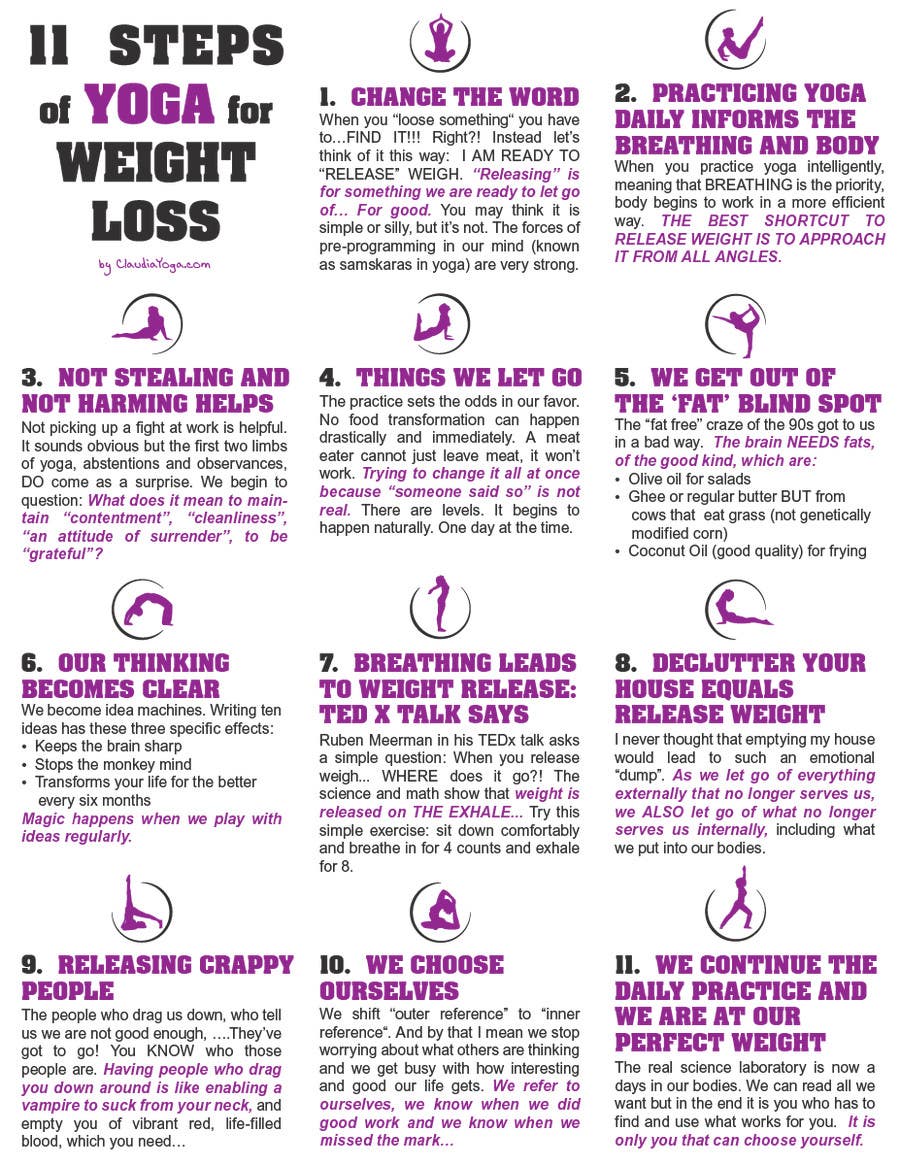Safely Benefiting From Cold Laser Therapy
Safely Benefiting From Cold Laser Therapy
Blog Article
Scientific Research Study on the Effectiveness of Cold Laser Technique
Cold laser treatment is a helpful device to aid hurting administration and the recovery process. It is usually utilized in sporting activities medication, dermatology and acupuncture.
Cold lasers pass through deep into tissues and advertise chemical adjustments without warming them. They reduce inflammation and swelling, speed cellular activity and accelerate recovery.
Academic Background
Unlike the high-intensity lasers that surgeons use to puncture cells, cool laser treatment makes use of light-emitting diodes to pass through right into your skin and advertise healing. As these photons reach broken cells, they launch a domino effect that raises your cells' production of enzymes and increases your body's natural healing procedures.
The photons additionally reduce pain via the production of endorphins and raise your body's capacity to drain pipes puffy areas by causing vasodilation (the expansion of capillary). Therefore, it helps you recover from bone and joint injuries and pain more quickly.
Many people have found out about chilly laser therapy from their physiotherapist, chiropractor or medical professional and might be questioning how it functions. Unlike the majority of laser devices utilized in the medical field, which actually warm up tissue, our state-of-the-art devices gives off cool laser light beams that don't trigger any type of heating of your cells. This permits your body to receive the therapeutic advantages without activating any type of negative effects.
Professional Tests
Cold laser therapy is typically suggested as a treatment option for individuals who have bone and joint pain and injuries. It can be used to decrease swelling, enhance cells and speed up the body's natural recovery processes.
Non-thermal photons of red and infrared laser radiation are soaked up by the light sensitive components in cells and start a boost in intracellular metabolic rate that increases cell reproduction, minimizes inflammation, removes edema and shortens recovery time.
Unlike the light that is created by sunshine or conventional lights, laser light is identical (all wavelengths travel parallel), systematic and monochromatic. These residential or commercial properties permit laser energy to permeate much deeper into the cells.
Several professional trials have revealed that LLLT can be effective in minimizing pain in the bone and laser class four therapy treatment joint system. Nonetheless, more properly designed researches are needed to review the ideal setups for laser irradiation and to identify its efficiency in details conditions, such as dental mucositis in cancer individuals receiving radiation treatment or radiotherapy, and injury recovery (consisting of diabetic abscess complying with hammertoe surgical procedure). This Aetna policy publication does not address other uses LLLT, consisting of the treatment of different skin diseases.
Verdicts
Unlike surgical lasers that can destroy growths or coagulate cells, cold laser therapy does not heat up the body's cells. Rather, the light stimulates your cells to produce adenosine triphosphate, which quickens the repair process of hurt cells.
Aetna considers low-level laser (LLL) therapy clinically required for the prevention of oral mucositis associated with cancer treatment (chemotherapy, radiation therapy, hematopoietic stem cell transplantation) and non-cancer treatments (such as radiodermal injury, fibromyalgia). A number of researches revealed that LLT can be reliable in reducing PU symptoms without negative impacts. Nonetheless, distinctions in research study layouts and laser dosimetry made contrast of the results difficult; RCTs with low threat of bias are required. Making use of a 660 nm wavelength and higher energy thickness appears to be a lot more reliable than the other studied laser wavelengths. This could be since the various other wavelengths might stimulate inflammatory processes and trigger even more side effects. The effect of the type of laser utilized is also crucial; the writers suggest that future research study concentrate on assessing various types of lasers and their dosages to establish the ideal mix of laser parameters for PU avoidance.
Recommendations
Cold laser therapy is used by dentists to treat inflamed gum cells, doctors to ease discomfort brought on by rheumatoid joint inflammation, and physiotherapists to speed up the recovery of muscle mass, ligament, and ligament injuries. Numerous medical insurance plans cover this treatment.
Unlike hot lasers, which have a thermal impact on tissues, chilly lasers (also called low-level lasers) stimulate the cellular energy of the skin. Photons from the laser light pass through right into the cell, triggering a collection of chemical modifications that advertises regeneration and lowers inflammation.
In order to be effective, lasers need to be appropriately setup and made use of. This is why it is not recommended to get an economical over the counter laser device and attempt to treat yourself at home. A qualified expert is called for to ensure that the device is used correctly to decrease the threat of eye injury and optimize its performance. The laser tool need to be adapted to the right setting, intensity, frequency, and placement of the laser on the therapy location.